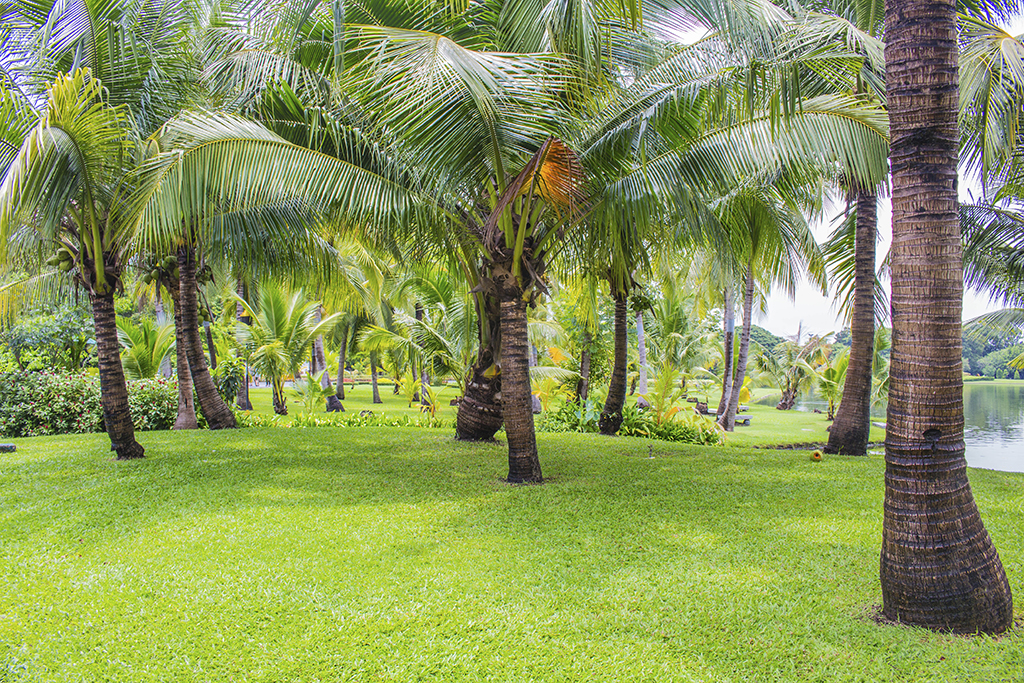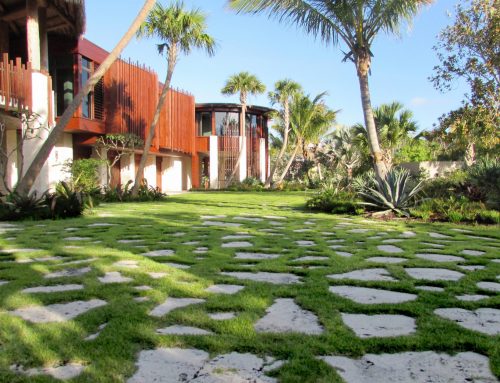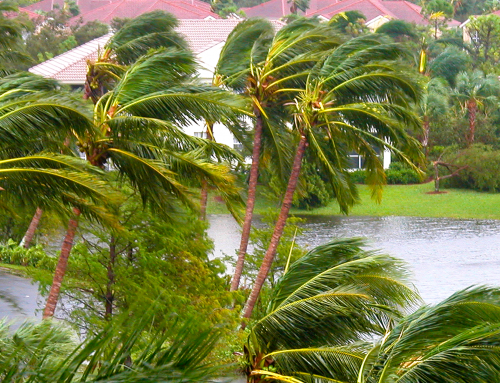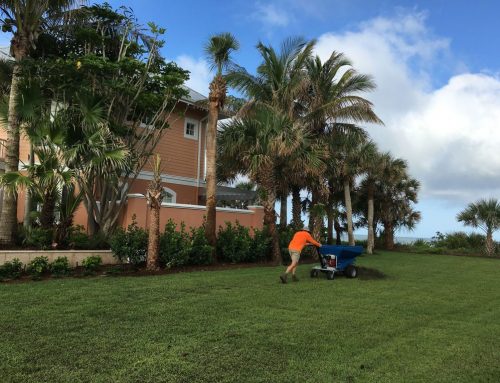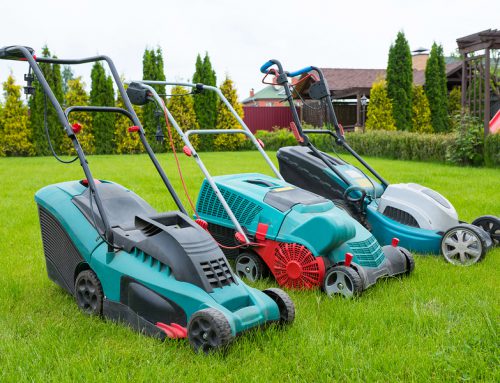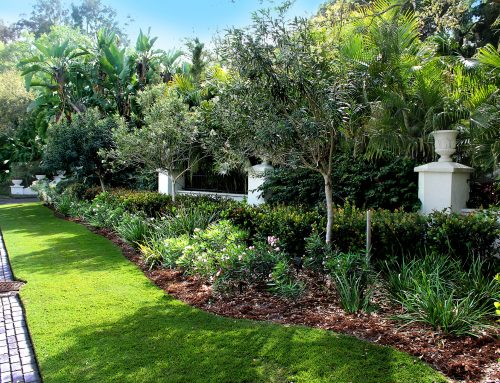The average life of a tree in a typical landscape is only 8 years due to poor design and planting techniques.
Size is a primary consideration in tree selection. Trees should fit in the available growing space without pruning. This is of primary concern under utility lines as the utility has the right-of-way. Because large trees give a high return in environmental benefits, plant large tree species whenever the space allows. Large trees can be structurally strong if attention is given to structural training while young. Homeowners often desire fast growing trees. However, fast growing species are typically more prone to insect, diseases and internal decay. Fast growing species typically have shorter lifespans.
Suitable routing space is a major limiting factor in tree growth. Poor soil conditions contributing 80% of tree health issues. Unfortunately, many homeowners in landscape design is failed to consider soil limitations in tree selection and planting.
Impacts of poor soil conditions include:
- Trees failing to establish or slow to establish
- Slow growth rates
- Low vigor, insects, diseases, and other stresses
- Smaller overall size
- Short longevity
Soil texture, structure, and tilth are also considerations in tree selection.

